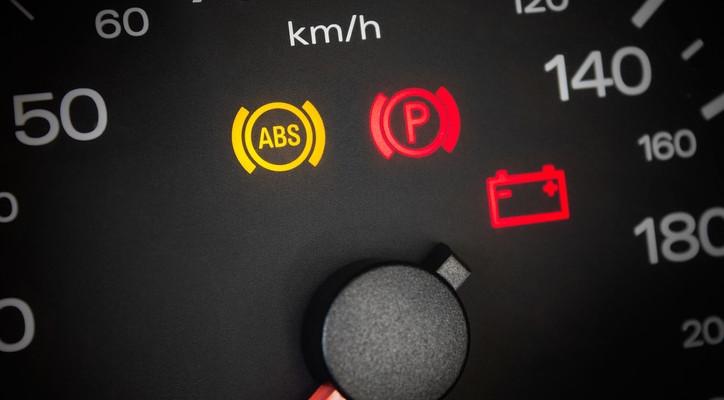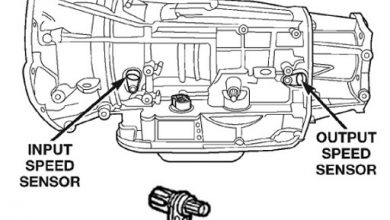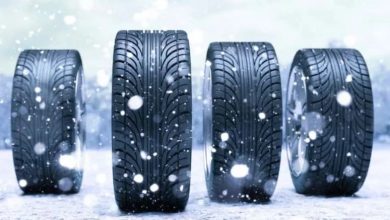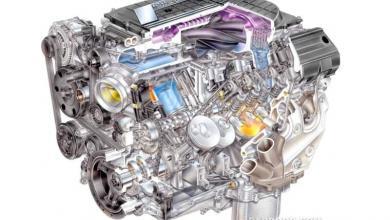
Many car-owners love to be proud of such functions in their cars as ABS, ASR, ESP etc… At that, many people do not even have an idea what these obscure encodings mean.
ABS system (Antilock Braking System)
Most often these three letters are the buzzword. Probably, everybody knows the decoding, but hardly everybody knows what it means. Among all these systems ABS was the first one to appear. It exists already for dozens of years. It does not allow wheels to be locked at the moment of braking in extreme cases when the driver had to push on the brake pedal with too much strength. Two unpleasant things happen during locking. First of all, a car can lose control, that is, it will be drifted aside and that can lead to a road accident. Secondly, wheel treads are worn out. Due to sensors managed by the controller, the system monitors the car speed and wheel rotation rate. As a result, in case of forceful and harsh braking, the wheels will continue rotating and will not be locked. Activation of ABS can be felt in the form of joggles on the brake pedal. Logic continuation of the antilock braking system is EBD, which correctly distributes the braking efforts of every wheel separately. This happens when the driver has to brake in an emergency on irregular pavement and the car goes skidding.
ESP system (En Route Spacing Program)
ESP system is a development from the 90s. It is decoded as En Route Spacing Program. In more simple terms, this function provides stability to the car at high speed. The car may fail to negotiate the corner or, otherwise, it can go skidding, and ESP is specially designed for the prevention of such incidents. This system monitors that the trajectory of the movement exactly corresponds to the wheels’ direction and if it deviates from the norm, it sends a signal to the ABS system, which, in its turn, slows down the necessary wheel. In general, ESP wonderfully supplements ABS, because this function is much more effective as regards to safety. The first system simply does not allow the locking of wheels. The second system monitors every wheel separately and controls car stability.
ASR system (Antispin Regulation)
Many people heard of the decoding of ASR as Antispin Regulation. It prevents wheels from spinning which may take place in hard road conditions (mud, ice etc.) or in a result of wheel overload during maneuvering. The system detects that the wheel rotation rate does not correspond to car speed (that is, wheels rotate fast, while the car stands still or moves very slowly). In this case, ASR slows down the wheels and locks the compensating gear. Wheelspin also may occur as a result of skidding at high speed. So that it does not happen, ASR reduces engine rpm. In different cars, antispin regulation can have different names, for example, TRC – traction control.
BAS (Brake Assistant) It is designed for the reduction of the braking path. It activates in case when the driver in a dangerous situation pushes on the brake pedal in panic. All the above-mentioned systems have one common goal: a guarantee of safety during movement. In fact, all these functions are needed to correct the wrong operations of the driver. Electronic safety systems can be very useful for inexperienced car users. Among experienced drivers dissatisfaction often can be heard because of many of them like dynamic, sometimes even aggressive and dangerous driving. First of all, there are cars in which these options can be switched off. Secondly, even if a car-user is greatly experienced in extreme driving, it is better not to risk once again and keep in mind the value of his/her own life and of others.








